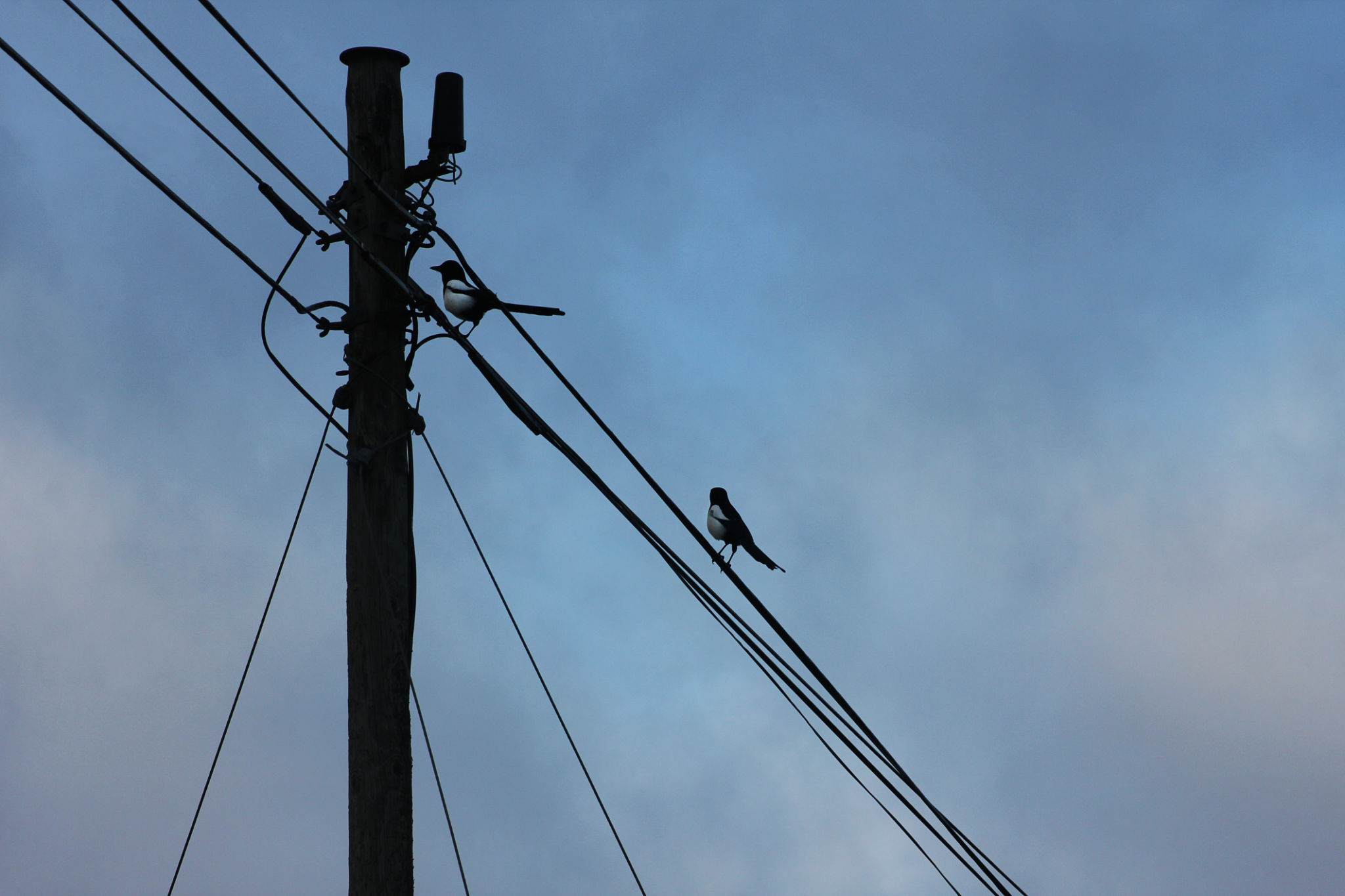The Role of Powerline Wildlife Conservation in Protecting Endangered Birds
Understanding the Impact of Powerlines on Bird Populations
Powerlines, integral to modern infrastructure, pose significant threats to avian species, especially endangered birds. These structures can result in fatal collisions and electrocutions, drastically affecting bird populations. Conservation efforts focused on powerline modifications are essential to mitigate these risks and protect these vulnerable species.

The Importance of Powerline Wildlife Conservation
Powerline wildlife conservation plays a crucial role in safeguarding endangered birds by implementing strategies that reduce harmful interactions. These initiatives are vital in maintaining biodiversity and ensuring the survival of species facing extinction. As powerlines expand, so does the necessity for effective conservation measures.
Collisions: A Major Threat to Birds
Bird collisions with powerlines are a leading cause of mortality among many species. Large birds with limited maneuverability, such as raptors and cranes, are particularly at risk. Implementing measures like bird diverters, which make powerlines more visible, can significantly reduce these incidents.

Electrocution: Preventable and Dangerous
Electrocution poses another significant threat to birds. When birds perch on powerlines, they risk completing an electrical circuit, leading to fatal outcomes. Installing insulation and designing avian-safe structures are effective methods to prevent such occurrences.
Conservation Strategies for Protecting Birds
A variety of strategies are being employed to make powerlines safer for birds. These include:
- Installing bird diverters to enhance visibility.
- Retrofitting powerlines with insulated materials.
- Designing poles that discourage perching.
- Conducting regular monitoring and assessment of wildlife interactions.

The Role of Technology in Conservation
Advancements in technology are playing a pivotal role in enhancing powerline wildlife conservation. Drones and AI are being used to identify high-risk areas and monitor bird activity, allowing for targeted interventions. This technological integration is crucial for developing effective conservation strategies.
Collaborative Efforts in Conservation
Successful powerline wildlife conservation requires collaboration among utility companies, conservation organizations, and government agencies. By working together, these entities can develop and implement comprehensive conservation plans that balance the needs of modern infrastructure with environmental preservation.
The Future of Powerline Wildlife Conservation
As awareness of the impact of powerlines on endangered bird populations grows, so does the commitment to finding solutions. Ongoing research, technological advancements, and collaborative efforts are paving the way for more sustainable practices. Protecting these species is not only a responsibility but a necessity for maintaining ecological balance.